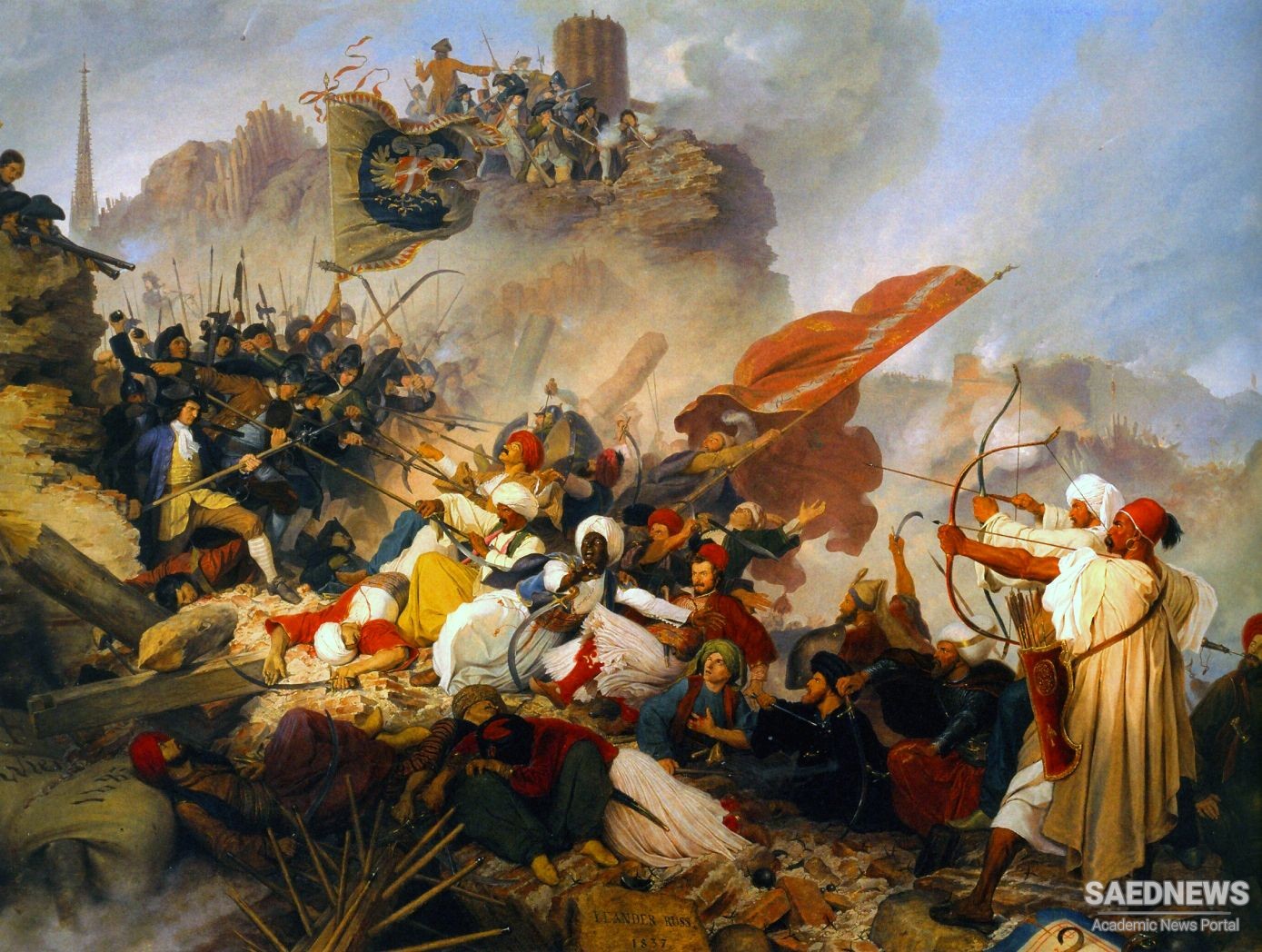Subordination of sectarian considerations to territorial ambitions was not a foreign policy adopted only by Shah 'Abbas the Great. His successor, Shah Safi (1629-42), followed suit. In 1639 he concluded a peace treaty with Turkey that was to last “till the day of resurrection.” Although this was prompted by his defeat in the war of 1630-38, the “Treaty of Peace and Frontiers” of 1639 no less than the 1590 “treaty” of Shah 'Abbas embodied something like the principle of cuius regio eius religio (Whose Region, Their Religion), although this Western concept was probably alien to the Muslims. To appreciate the significance of this doctrine in Iran’s foreign policy it must be recalled that ever since the first major war with Turkey Shi*! antagonism toward the Sunn! sect had often influenced Iran’s policy toward the Ottoman Empire. The treaty of 1639 reflected a significant change in Iran’s policy. The two Muslim states invoked the Islamic precept, “Fear God and reconcile yourselves,” while they were actually for the first time basing their relations on territorial considerations and establishing boundaries between themselves. The peace thus confirmed lasted more than eighty years, and the boundaries set endured for more than two hundred years (Source: The Foreign Policy).


 New Foreign Policy of Safavid Persia: Shah Abbas, the Monarch and His Shrewdness
New Foreign Policy of Safavid Persia: Shah Abbas, the Monarch and His Shrewdness














































